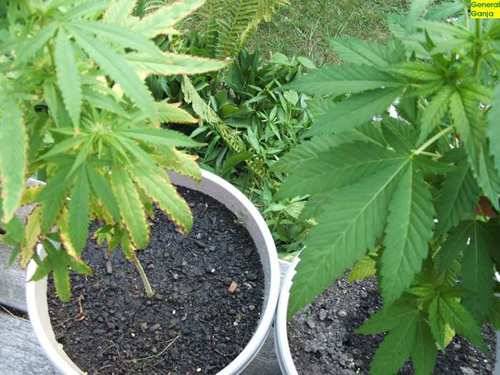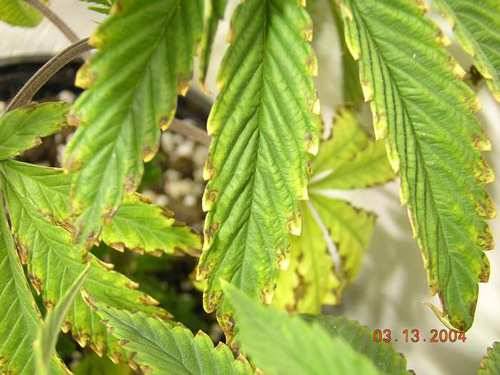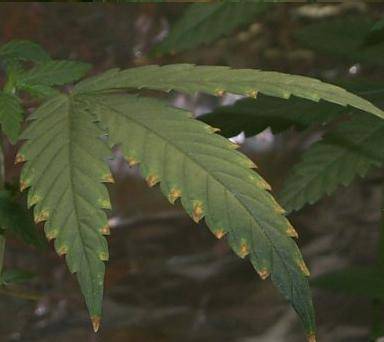WillWorkForBuds
Member
This plant is a few weeks old, its been fed water up until 4 days ago. It was nuted with flora (1 part micro, 1 part bloom) at about 50ppm and PH of 6.8. One other plant was nuted with the same solution and it is showing nothing but green. They are under a 250w and have sufficent ventilation. Any help would be great.









